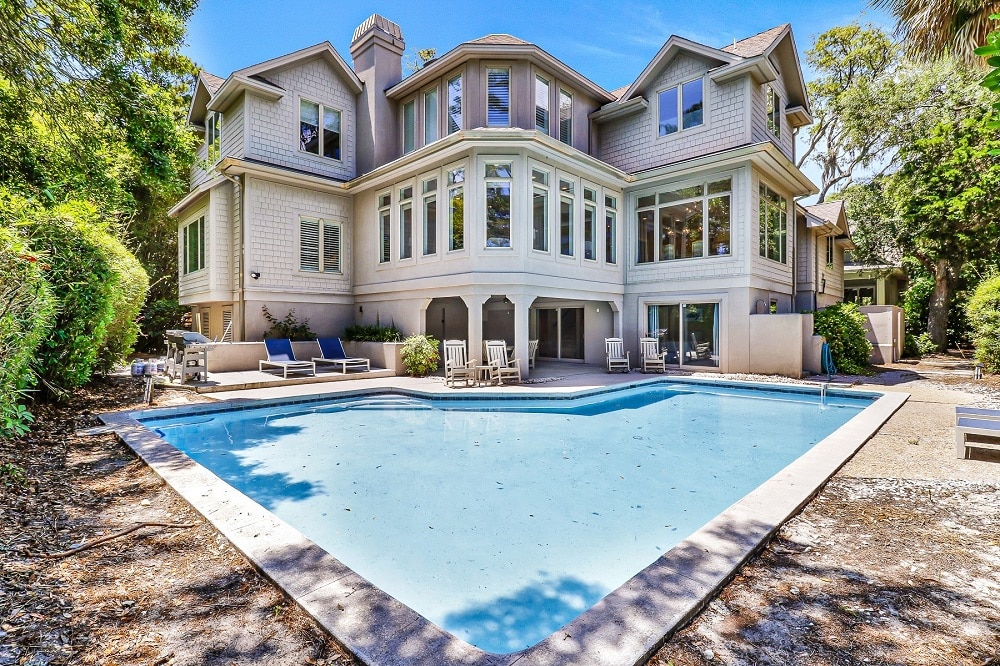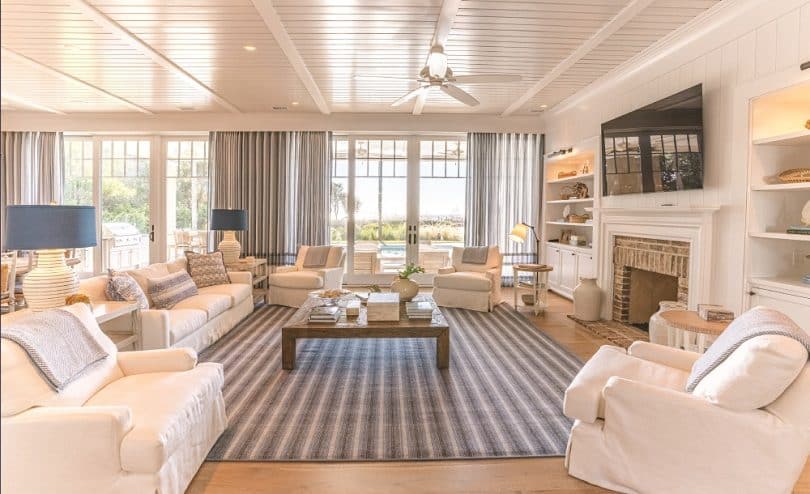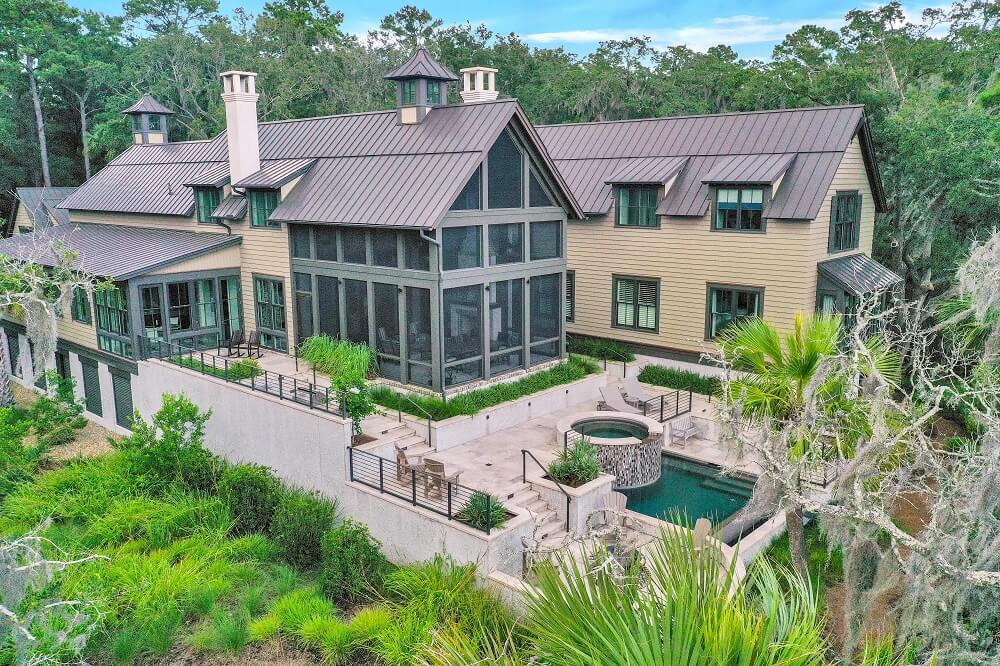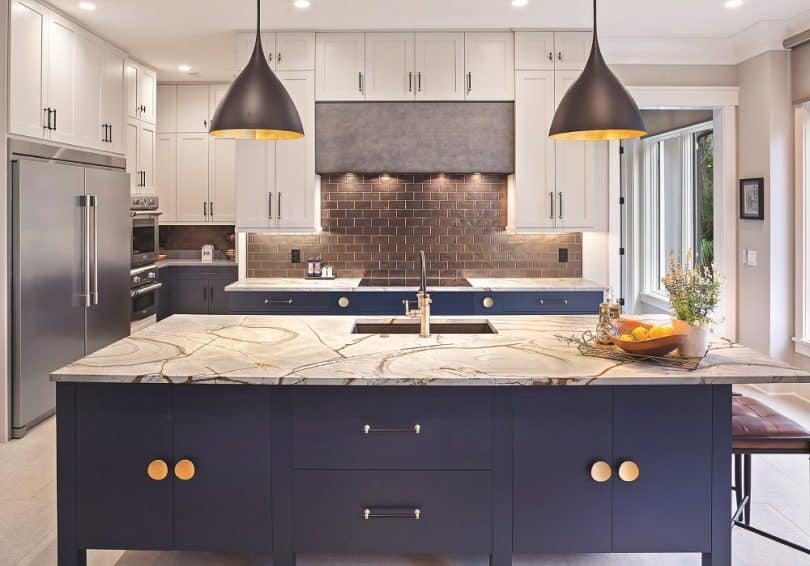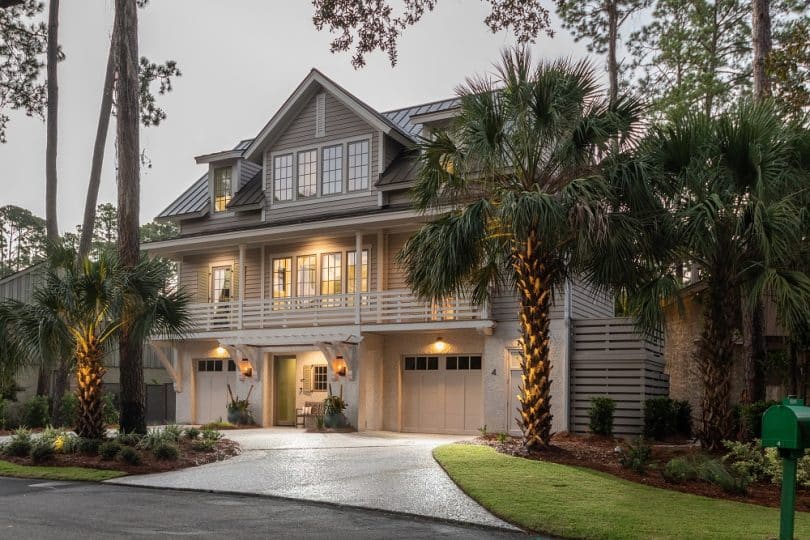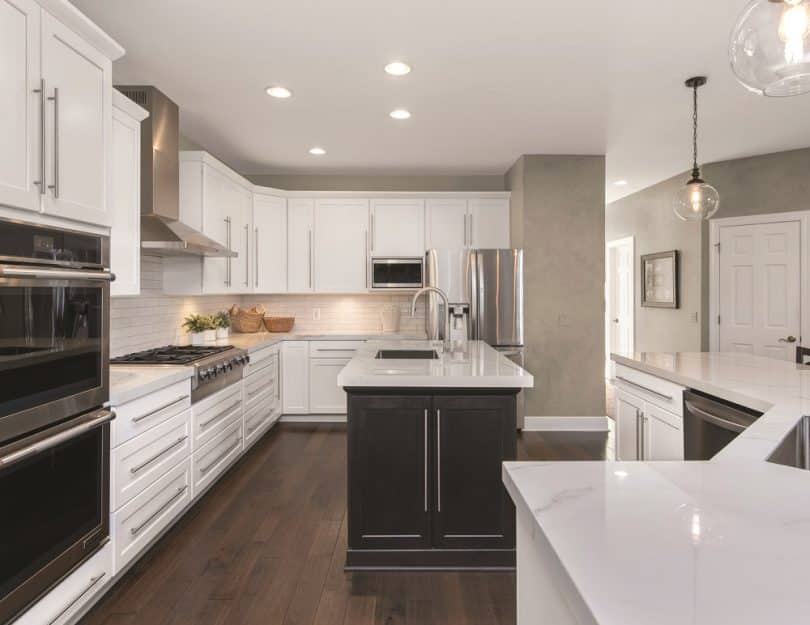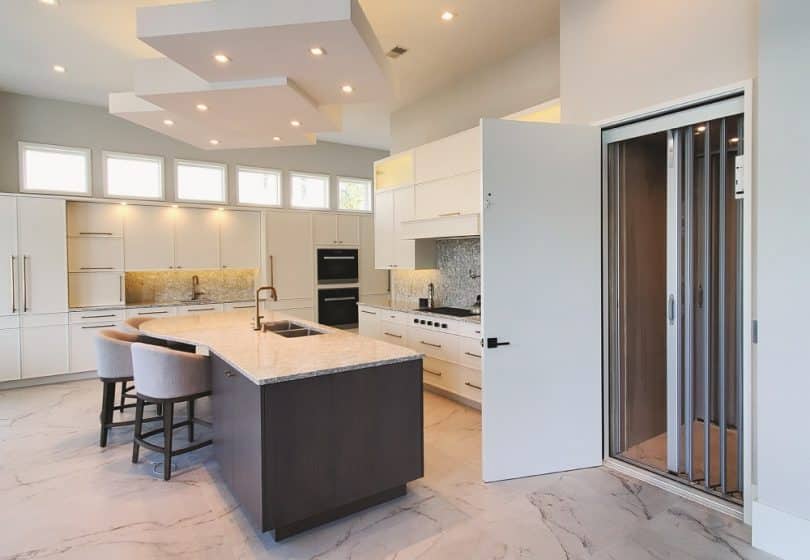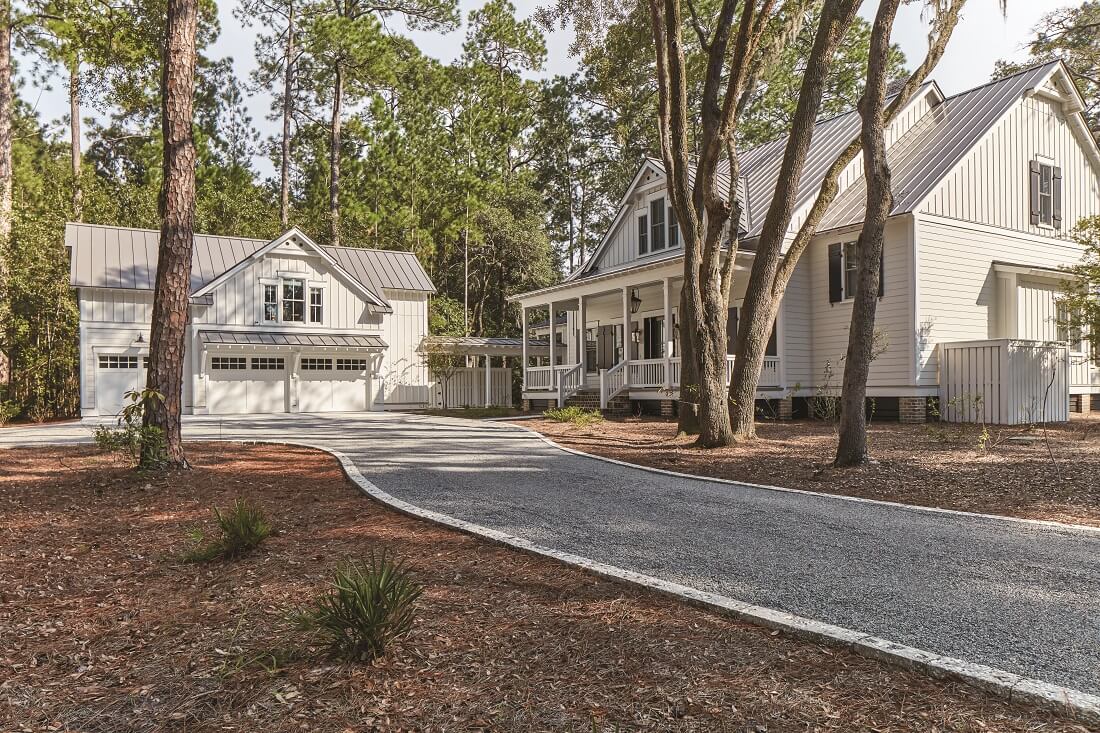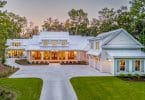Multigenerational Living
Yes, experts say the trend in floor design for the coming year will be in-law suites on the main floor, ranging from simple bedroom suites to all-out mini-apartments with a separate living zone and kitchenette.
Up until a few years ago, very few people actually considered multigenerational living a positive thing. Stereotypes painted living with a mother-in-law as intrusive and annoying, and adult kids living with their parents as a sign of spoiled millennials. But that way of thinking is quickly changing as families embrace the benefits of living together long term.
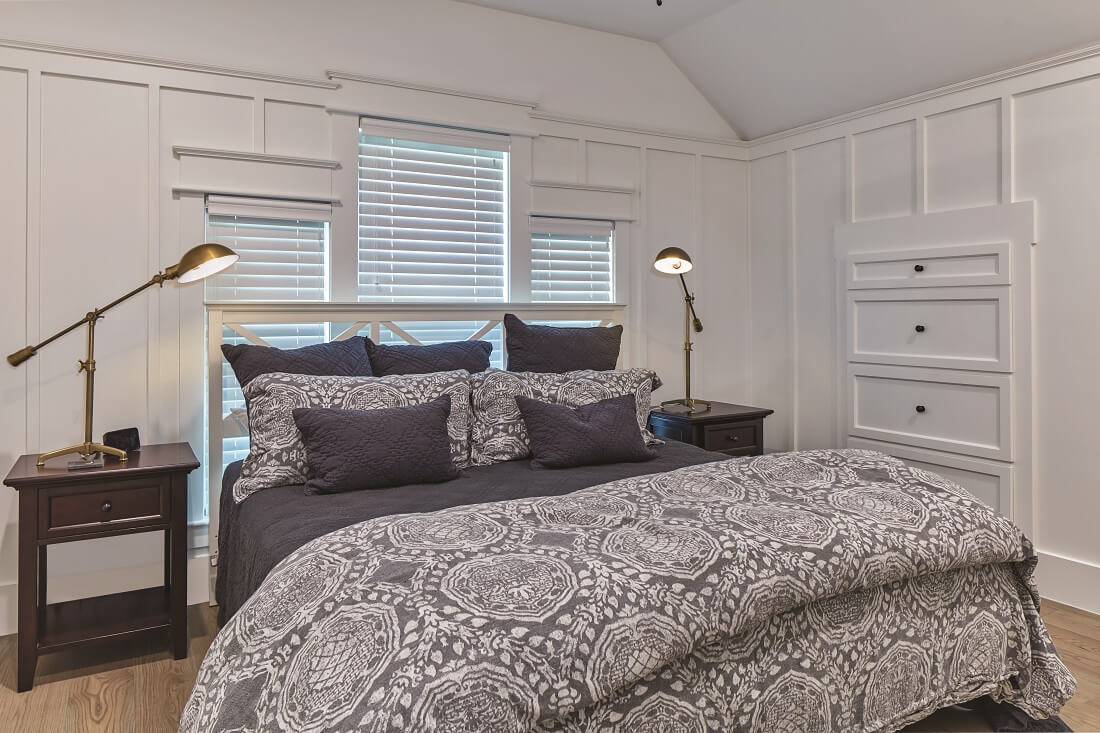
Multigenerational living is when more than one generation lives under one roof (not counting young children or teens), and it has hit record levels in the U.S. In 2014, according to Pew Research Center data, 60.6 million people, or 19 percent of the U.S. population, lived in multigenerational homes, including 26.9 million three-generation households.
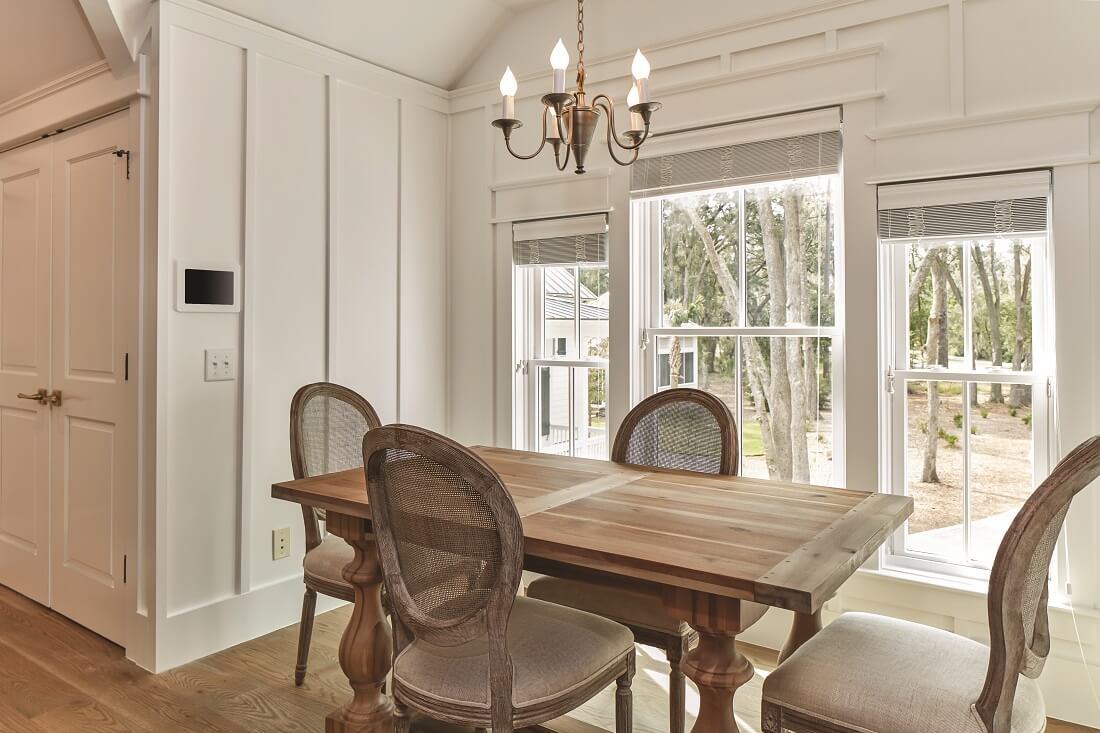
So why the increase? The recession initially brought many millennials back to their parents’ homes. But more reasons lie beneath the surface. Changing economic circumstances, increasing cultural diversity, caregiving opportunities (which work both ways), the evolving lifestyles of older Americans, and a flood of Baby Boomer grandparents remapping the housing market, have all led to U.S. families embracing more traditional living arrangements. Families may have come together by need, but they stayed together by choice.
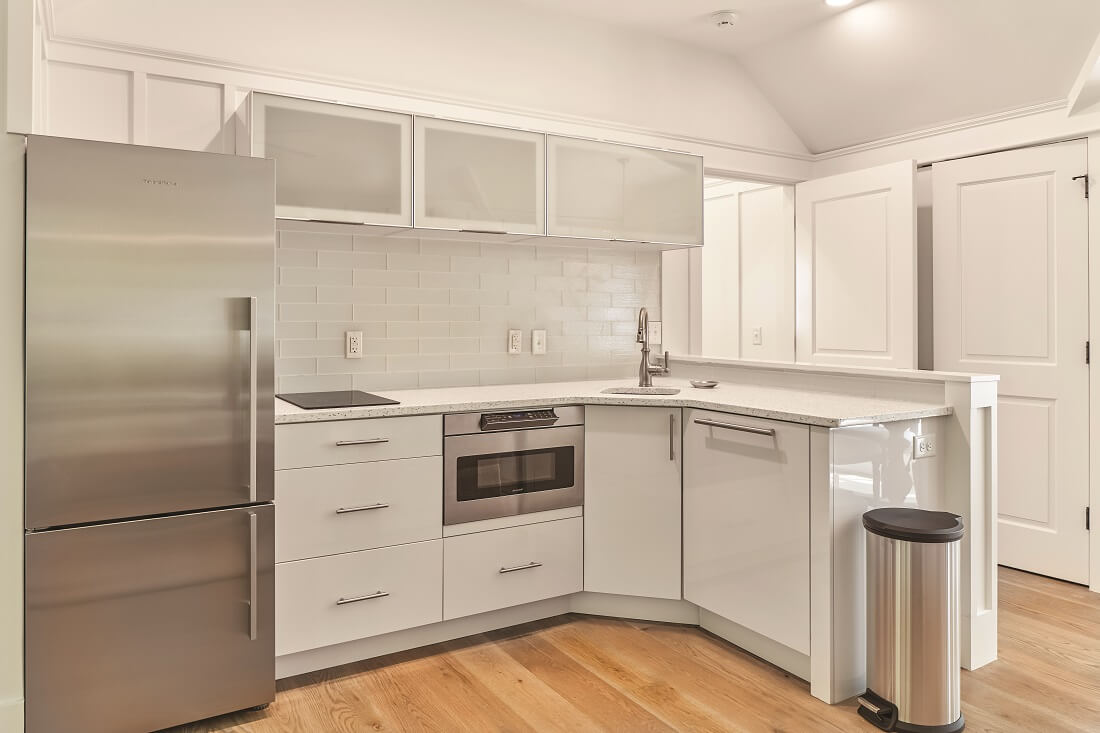
So where exactly does this leave architects, builders and developers? More and more floorplans are beginning to include a separate living space for each generation or at least offer it as an option. These apartment-like add-ons may also have a separate entrance and amenities like a kitchenette. A few developers are even starting to advertise multigenerational dwellings as “two homes, one price” in an effort to attract more interest in the concept. However, land use and community planning are still trying to catch up to the new trend.
The advantages of multigenerational living often outweigh the disadvantages, so the trend is expected to last. While it’s important that builders and architects continue to provide housing solutions for those who choose a single family lifestyle, consumers can expect to see more options for building and remodeling. And options are great for everyone!

